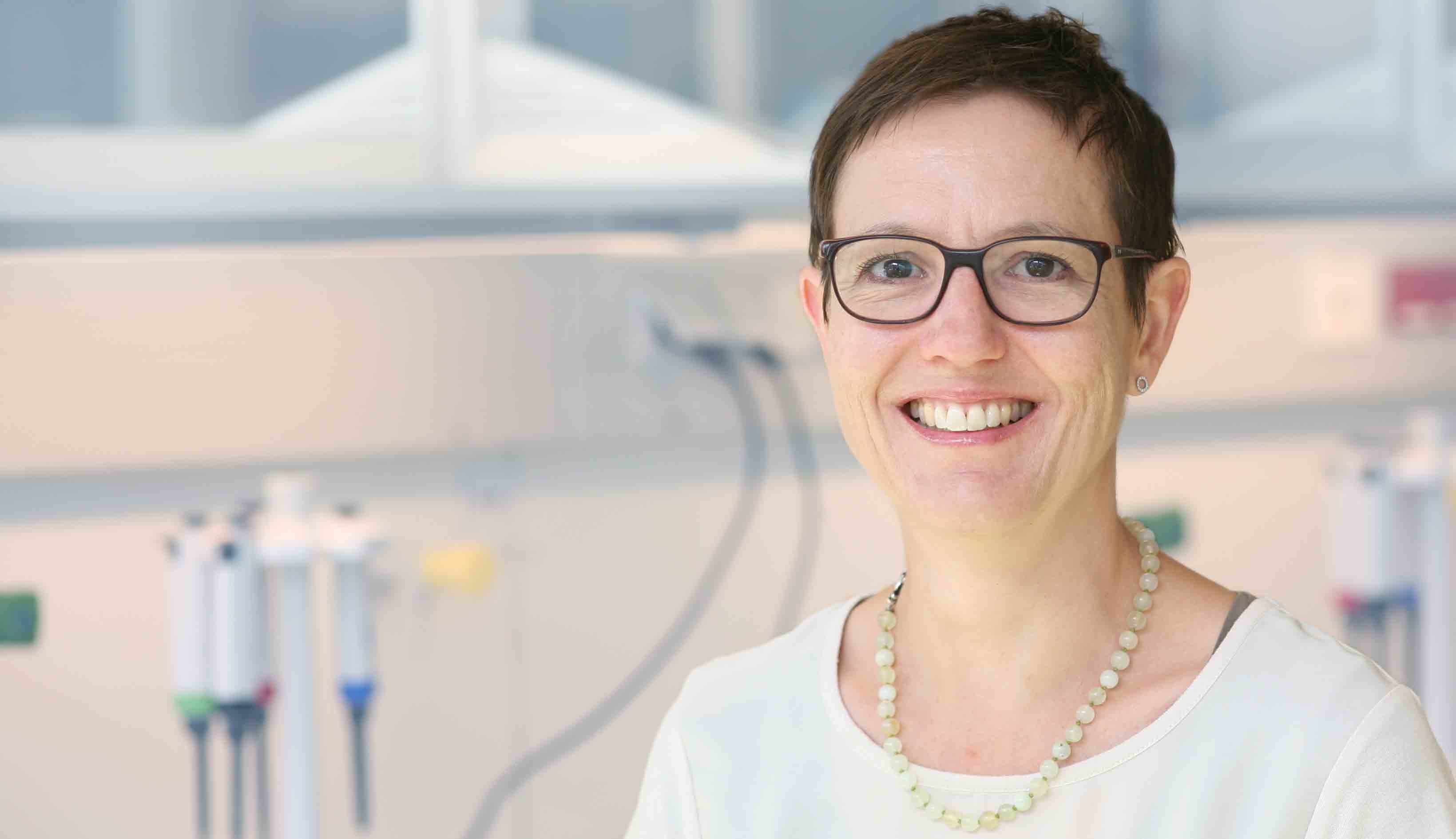One major challenge in this century is to overcome the rapid development of antimicrobial resistance against conventional drugs. In this respect, antimicrobial proteins (AMPs) represent promising molecules that have been receiving considerable attention. AMPs are widespread in nature. The Marx group is specifically interested in AMPs produced in filamentous fungi (ascomycetes), which are a rich source for such bio-molecules and still harbour the genetic information for so far unidentified proteins with antimicrobial potential.
The Marx group mines fungal genomes to identify novel genes that code for small, cysteine-rich, cationic proteins with antimicrobial potential, produces these AMPs in recombinant expression systems, and investigates their mode of action and solution structure. The research particularly focusses on the structure-function relation and the improvement of the efficacy of these AMPs by rational design.
RECENT PROJECTS:
Recent projects in the Marx lab addressed the necessity for the development of a novel expression system for the effective production of cysteine-rich and cationic AMPs of fungal origin, which guarantees correct disulphide bonding. This is a prerequisite for proper β-fold formation, compact protein structure, stability against harsh environmental conditions and protein activity. Using this system, the amino acid substitution by side-directed mutagenesis of the encoding genes enables the investigation of the specific role of distinct protein motifs in the structure and function of AMPs. Based on this knowledge the efficacy of AMPs can be improved for the development of novel effective antimicrobial drugs by creating novel candidate AMPs and synthesizing antimicrobial peptides covering the functionally active domains of AMPs.
COLLABORATIONS:
Strong collaborations with the groups of:
Grubeck-Loebenstein, Haas, Lass-Flörl, Weiss, Würzner,






